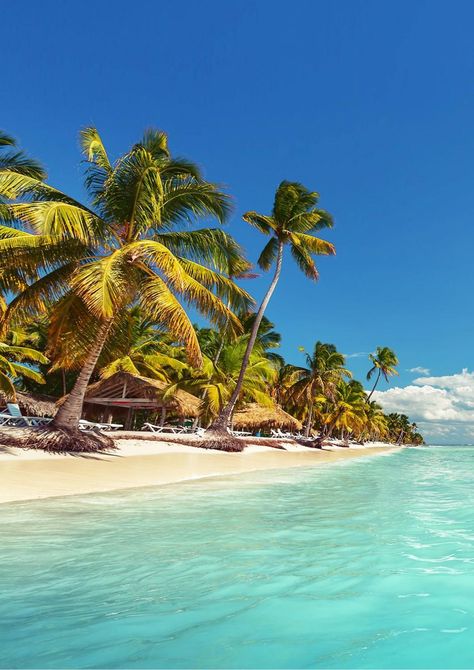
is an island country in East Asia, located in the northwest Pacific Ocean and bordered in the west by the sea of Japan. The five main islands are Hokkaido, Honshu, Shikoku, Kyushu, and Okinawa. Japan is the eleventh most populous country in the world, as well as one of the most densely populated and urbanized.
6 BEST PLACES TO VISIT IN JAPAN
1.TOKYO


Cherry Blossoms in Tokyo
Sakura Season
Tokyo is the political and economic center of the country, as well as the seat of the Emperor of Japan and the national government.
The Greater Tokyo Area is the most populous metropolitan area in the world, with more than 37.393 million residents as of 2020. Tokyo has the world’s tallest tower Tokyo Skytree and the world’s largest underground floodwater diversion facility MAOUDC.
Tokyo went on to suffer two major catastrophes in the 20th century: the 1923 Great Kantō earthquake, which left 140,000 dead or missing; and World War II.The bombing of Tokyo in 1944 and 1945 is estimated to have killed between 75,000 and 200,000 civilians and left more than half of the city destroyed.
After the war, Tokyo became the base from which the United States under General Douglas MacArthur administered Japan for six years.
The 2011 Tōhoku earthquake and tsunami that devastated much of the northeastern coast of Honshu was felt in Tokyo.
However, due to Tokyo’s earthquake-resistant infrastructure, damage in Tokyo was very minor compared to areas directly hit by the tsunami, although activity in the city was largely halted.
Cherry Blossoms in Tokyo
–the Kitanomaru Park so famous for its Cherry Blossoms blooming in spring, means slowing down to take part in the time-honored tradition of cherry blossom viewing.
Sakura season (sakura is the Japanese word for cherry blossom), the national flower of Japan. The best park in Tokyo Japan to see the blooming of Cherry Blossoms is in the neighborhood of Nakameguro with good shops around the area.
2.FUSHIMI INARI SHRINE


https://www.google.com/search?q=free+images+of+fushimi+inari&rlz=1C1GCEA_e
is an important shrine in southern Kyoto. It is famous for its thousands of vermilion torii gates, which straddle a network of trails behind its main buildings. The trails lead into the wooded forest of the sacred Mount Inari, which stands at 233 meters and belongs to the shrine grounds.
While the primary reason most foreign visitors come to Fushimi Inari Shrine is to explore the mountain trails, the shrine buildings themselves are also attractive.
Fushimi Inari is the most important of several thousands of shrines dedicated to Inari, the Shinto god of rice. Foxes are thought to be Inari’s messengers, resulting in many fox statues across the shrine grounds. Fushimi Inari Shrine has ancient origins, predating the capital’s move to Kyoto in 794.
3.IMPERIAL PALACE


One very important place for the Japanese is the Imperial Palace, Japan, which serves as the main residence of the Emperor of Japan and his family. Located in Chiyoda, Tokyo, the palace is like a park-like residence.
The Imperial Palace is famous for its parks and the architecture of the palace which is dated back to the 17th-century. It is still being used by the Imperial family.
Some parks found in the Imperial Palace grounds are open to the public. One of these is the Kitanamaru Park which is the former Edo castle’s enceinte and is located to the north part of the palace’s perimeter.
The present imperial palace is now constructed having interconnected modern structures after it was damaged by fire during World War II. The palace was reconstructed on 1968 with steel-framed concrete designed in a modernist way.
When visiting Tokyo, this is a definite must-see attraction. Do not miss it.
4.MOUNT FUJI


Mount Fuji located on the island of Honshu is an attractive volcanic cone and a frequent subject of Japanese art especially after 1600 when Edo (now Tokyo) became the capital and people saw the mountain while traveling on the Tōkaidō road.
Ancient samurai used the base of the mountain as a remote training area, near the present-day town of Gotemba. The shōgun Minamoto no Yoritomo held yabusame in the area in the early Kamakura period.
At present day, Mount Fuji is an international destination for tourism and mountain climbing.
Mount Fuji was added to the World Heritage List as a Cultural Site on June 22, 2013.
As of December 2002, the volcano is classified as active with a low risk of eruption. The last recorded eruption was the Hōei eruption which started on December 16, 1707 (Hōei 4, 23rd day of the 11th month), and ended about January 1, 1708.
5. HIROSHIMA and NAGASAKI

Joseph Stalin, Harry Truman, and Winston Churchill at the Potsdam Conference
GENBAKU DOME BEFORE

GENBAKU DOME AFTER
In the final year of World War II, The allies, (United States, United Kingdom, China, France, and Soviet Union, ), made the biggest costly preparation to invade mainland Japan. After the war in Germany in 1945, the allies concentrated on the Pacific War.
In July 1945, the United States, Canada, and United Kingdom,(Manhattan Project) produced two kinds of Atomic Bombs, “Little Boy and Fat Man”, which they will use to defeat the Japanese in the Pacific War. The allies sent for unconditional surrender but ignored by the Japanese.
The consent of the United Kingdom was obtained for the bombing, as was required by the Quebec Agreement, and orders were issued on July 25 for atomic bombs to be used against Hiroshima, Kokura, Niigata, and Nagasaki. These targets were chosen because they were large urban areas that also held militarily significant facilities. On August 6, a Little Boy was dropped on Hiroshima; three days later, a Fat Man was dropped on Nagasaki.
After World War II had ended, Japan was devastated. In all the large cities (with the exception of Kyoto), the industries and the transportation networks were severely damaged. A severe shortage of food continued for several years.
The occupation of Japan by the Allied Powers started in August 1945 and ended in April 1952. General MacArthur was its first Supreme Commander. The whole operation was mainly carried out by the United States.
With the peace treaty that went into effect in 1952, the occupation ended. Japan’s Self Defence Force was established in 1954.
6.HAKONE OPEN-AIR MUSEUM

The sculptural works in Hakone Open-Air Museum have about 120 on permanent display across the huge sculpture park.
Japan’s first open-air museum, opened in 1969 in Hakone in Ashigarashimo District, Kanagawa Prefecture, Japan.
The sculptural works in Hakone Open-Air Museum have about 120 on permanent display across the huge sculpture park.
The museum is split into 5 indoor exhibitions and is best known for the Picasso Pavilion hall, which features around 300 of Picasso’s works. The museum also offers sculptures children can play on and a natural fed hot-spring foot-bath for guests.
Quote:
“History is a race between education and catastrophe”.

